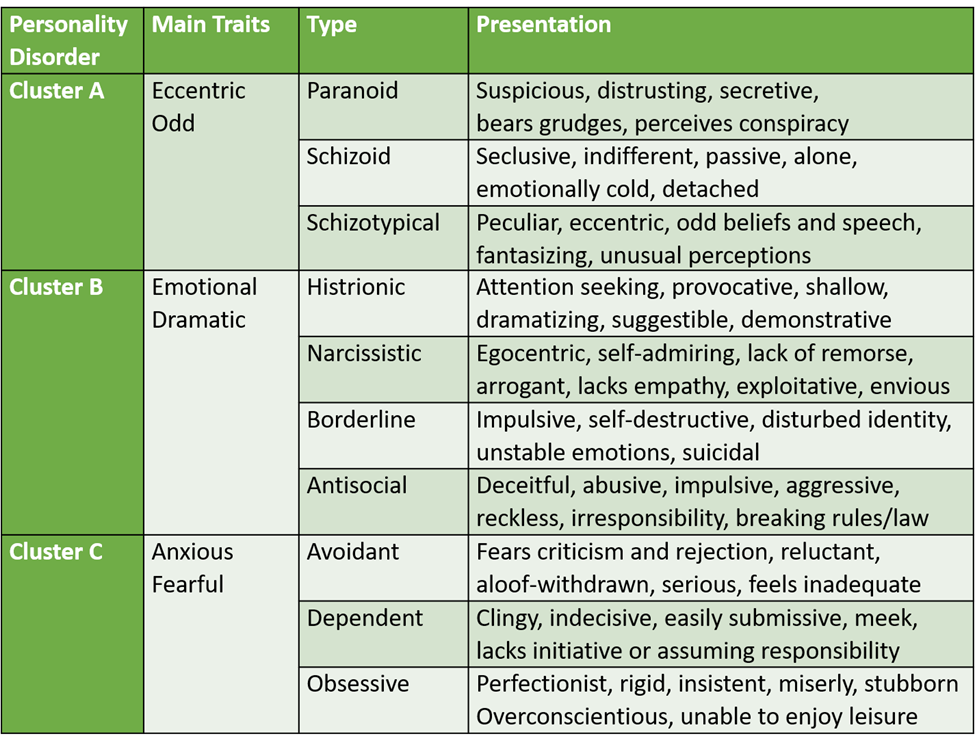A newly admitted patient is severely depressed, lost 20 pounds over the past month, and expresses hopelessness for the future. Select the priority nursing diagnosis
Risk for suicide
Risk for injury
Powerlessness
Risk for imbalance nutrition
The Correct Answer is A
A. Priority. The patient is exhibiting severe depression, weight loss, and expressing hopelessness, which are all indicators of an increased risk for suicide. Assessing and addressing the risk for suicide is crucial to ensuring the safety and well-being of the patient.
B. Incorrect. While the patient may be at risk for injury due to factors such as poor nutrition and potential self-harm, the immediate concern in this case is the risk for suicide, given the patient's severe depression and expressed hopelessness.
C. Incorrect. Powerlessness may be a relevant nursing diagnosis for individuals experiencing depression, but the immediate concern in this case is the risk for suicide. Addressing the patient's sense of powerlessness can be part of the broader care plan, but it's not the priority.
D. Incorrect. While the patient has experienced significant weight loss, the priority at this time is addressing the risk for suicide. Once the immediate safety concern is addressed, nutritional concerns can be addressed as part of the overall care plan.
Nursing Test Bank
Naxlex Comprehensive Predictor Exams
Related Questions
Correct Answer is B
Explanation
A. "Group therapy is an economical way of providing therapy to many clients concurrently.": While this statement may be true, it does not directly address the client's concerns or provide information about the voluntary nature of group participation.
B. "Group therapy is optional. You can go if you find the topic helpful and interesting.": This is the correct answer. Acknowledging the client's autonomy and providing information about the voluntary aspect of group therapy respects the client's preferences and promotes a collaborative therapeutic relationship.
C. "Group therapy is mandatory. All clients must attend.": This statement is more authoritarian and does not take into account the individual needs and preferences of the client. It is important to involve clients in decisions about their treatment whenever possible.
D. "The purpose of group therapy is to learn and practice new coping skills.": While this statement provides information about the purpose of group therapy, it does not directly address the client's question about the optional nature of attendance.
Correct Answer is D
Explanation
A. Social isolation R/T inability to relate to others
While social isolation may be a concern for individuals with paranoid personality disorder, the immediate safety risk associated with the disorder is more related to the potential for violence. Therefore, addressing the risk of violence takes precedence.
B. Risk for suicide R/T altered thought:
Paranoid personality disorder is not typically associated with a high risk of suicide. Individuals with this disorder are more likely to pose a risk to others due to their suspicious thoughts and mistrust. Suicide risk assessments are crucial but may not be the top priority in this specific case.
C. Altered sensory perception R/T increased levels of anxiety:
Paranoid personality disorder does involve heightened levels of anxiety, but altered sensory perception is not a primary characteristic of the disorder. Addressing anxiety is important, but the potential for violence toward others is a more immediate concern.
D. Risk for violence: directed toward others R/T suspicious thoughts:
This is the most appropriate priority. Individuals with paranoid personality disorder may have intense mistrust and suspicion, leading to the potential for aggressive or violent behavior directed toward others. Prioritizing safety and preventing harm to others is crucial in the care of clients with this disorder.

Whether you are a student looking to ace your exams or a practicing nurse seeking to enhance your expertise , our nursing education contents will empower you with the confidence and competence to make a difference in the lives of patients and become a respected leader in the healthcare field.
Visit Naxlex, invest in your future and unlock endless possibilities with our unparalleled nursing education contents today
Report Wrong Answer on the Current Question
Do you disagree with the answer? If yes, what is your expected answer? Explain.
Kindly be descriptive with the issue you are facing.
